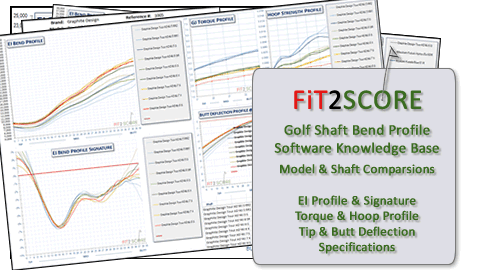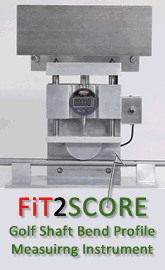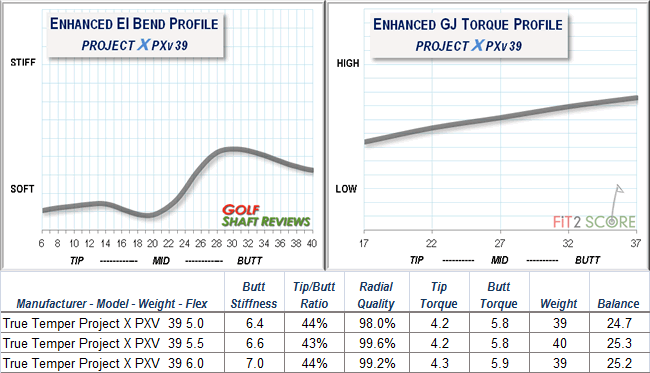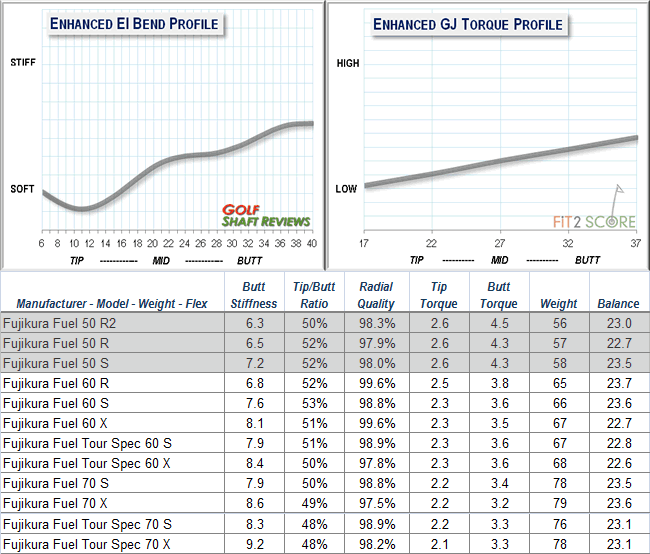GOLF SHAFT ALIGNMENT
This was copied from a discussion on another forum. It is the same as a private conversation I have had with Tom while researching the history of SST alignment.
“I was the guy that Dick Weiss came to back in 1996 after he had been doing his initial research into the effects of shaft asymmetry, when he wanted someone to verify what he was seeing in his initial work. Dick insisted that the result of testing we did for him was to be kept confidential. We honored that request.
But I can tell you that back then, while shaft makers were aware that their shafts did not have the same exact bending properties in all directions about the circumference of their shafts, they did not have any awareness of how asymmetrical many of their shafts were, and what this could do to shot performance for certain swing types.
So yes, shafts back then exhibited a very wide range of asymmetry. And in our testing for Dick, we most certainly saw that finding the most stable plane of bending in these asymmetrical shafts and then orienting that plane at the target line most certainly improved the consistency of the impact and ball flight. We even were able to orient certain shafts in a way in which it virtually made it impossible to hit a draw or fade.
This was a point that the USGA also discovered when Dick came to them to appeal for a conformity ruling for his process. The USGA did actually write into their rule concerining shaft orientation that it was only to be done to allow shafts to play as they were intended to be designed to play, and not to be done for the purpose of purposely influencing the flight of the ball.
Once Dick’s SST PURE process became more and more known, the shaft makers began to look more closely into this. Today, most of the better shaft makers do institute a test or tests on all of their shafts as a normal step in production. From this they position the shafts’ logo/name such that what they find under their test as a stable plane of bending is then oriented at the target when the shaft is installed logo up or logo down.
So today you won’t see as wide of a variation in asymmetry in shafts made by quality shaft makers as there was back when Dick discovered this and invented his process. But because every shaft maker has a “flyer shaft” here and there, there are times purely at random when a golfer might have a shaft checked and re oriented and see a difference in impact consistency on the face and a change in ball flight.”
TOM
 The Highlands Performance Golf Center, Carrollton Texas
The Highlands Performance Golf Center, Carrollton Texas ![]()
![]()









